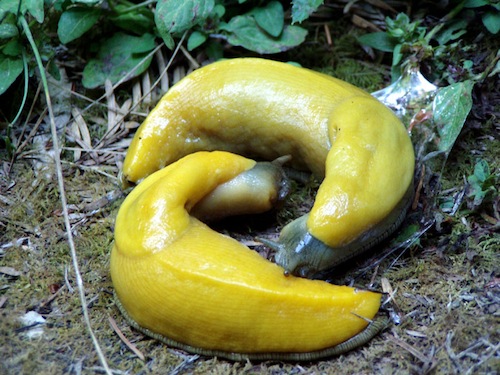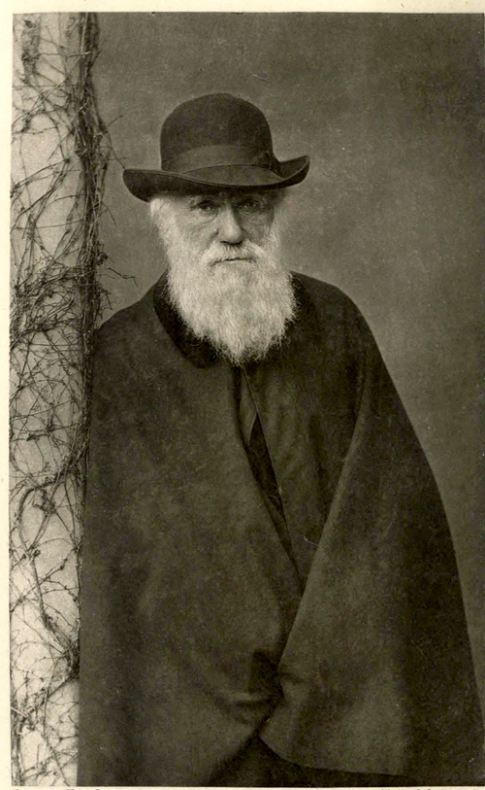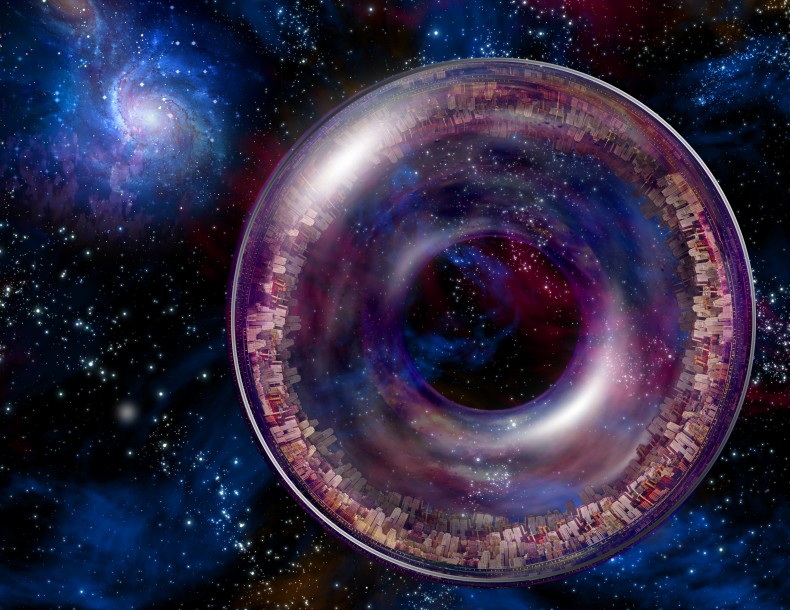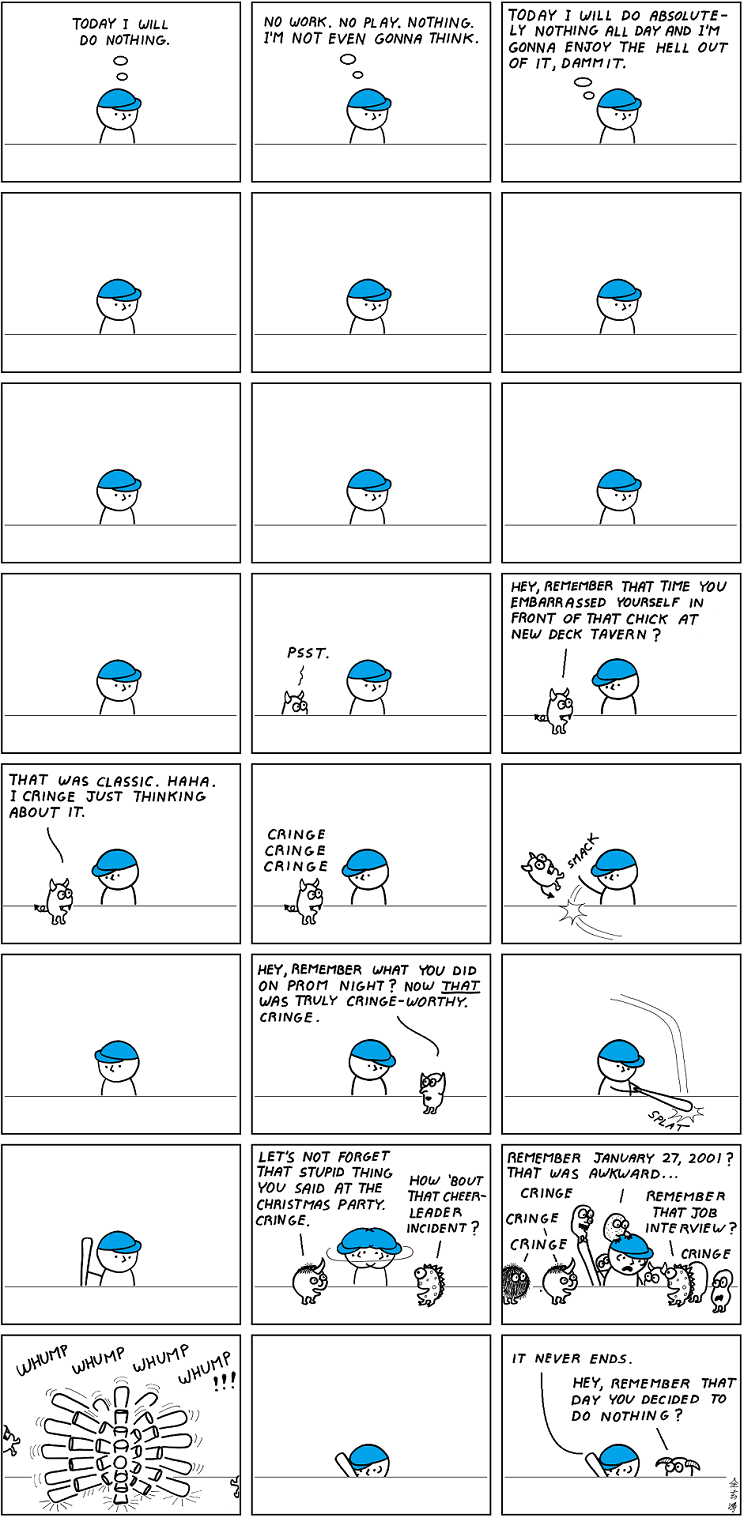 Yup. Absolutely. No doubt. AG speaks for us all, or at least for many or us, or at least for me. I have a friend who loves to sit and do nothing, and I’m still studying her to see how she does it. No clue yet.
Yup. Absolutely. No doubt. AG speaks for us all, or at least for many or us, or at least for me. I have a friend who loves to sit and do nothing, and I’m still studying her to see how she does it. No clue yet.
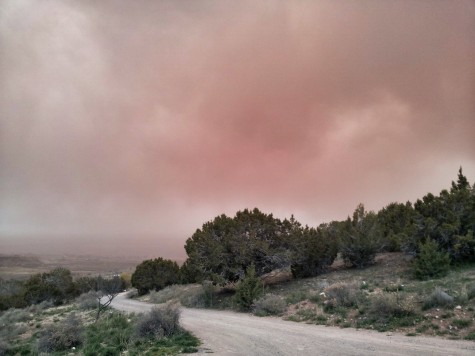
Photo: Craig Childs
Unusual dust storms have been rolling out of the Southwest and flying across where I live in Colorado, a state that doesn’t appreciate brown or red in its snow. These storms are vectors of change, fingers of desertification creeping up into better-watered country.
I’ve lived near the upper ends of the Gunnison River in Western Colorado since 1990, a brief and anecdotal period, but long enough to notice the last several years bringing dust storms in frequency and intensity I’d never before witnessed. I used to see them a time or two every few years, red-boiling clouds and gusting winds, but now these powerful, apocalyptic-looking storms are coming from 4 to 8 times every spring, blanketing the state, riding each other’s tails like horsemen out of Utah. Continue reading
Ed. note: this was the first in a long and distinguished line of posts about, ahem, well, you’ll see. It was published June 22, 2012. Some things are better the second time.
Today I have the honor of kicking off a new series on LWON, a series all about . . . (wait for it) . . . penises! Are you excited? I know I am.
There’s only so much penis talk one can tolerate, of course, so this will be an occasional column. Don’t expect to get a penis every Friday, because you won’t. And I don’t want to hear any bellyaching. Without further ado, welcome to the first installment of Thank God It’s Penis Friday (TGIPF).
In the early 1900s, Harold Heath, a zoology professor at Stanford University, noticed something odd about the banana slugs his students were dissecting. Some of them lacked a penis. Others had stumpy penises that seemed “abnormally underdeveloped.” Banana slugs, like earthworms, are hermaphrodites, so every sexually mature adult should have had one. Yet some — about five percent — didn’t. How odd.
The penis of a full-grown banana slug is hard to miss. First, it’s enormous. Banana slugs grow to be 6 to 8 inches, and the slug’s erect penis can be the same length. These slugs are so well known for their massive genitals that one species, Ariolimax dolichophallus, carries a name that literally means long penis (dolichophallus). Here’s another fun fact. A banana slug’s penis emerges from its genital pore, which is on its head. (I’m not going to make a joke about dickheads here because I am not a fan of lowbrow humor).
Perhaps, Heath speculated, the slugs’ penises had been “cast off” and the stumpy bits he and his students observed were the first stages of penis regeneration. Heath wasn’t the first one to notice that some banana slugs were penisless, but he was hellbent to figure out why. He collected about 200 slugs and brought them to the lab. On a couple of occasions, the slugs seemed frisky, but “evidently complete union never took place since no young were produced,” he wrote. So he took to the field to observe slug love firsthand. (Warning: This post contains a photo of a slug penis. Proceed at your own risk.) Continue reading
 If neuroscientists could pick one idea to pack into a wormhole and expel to the outer reaches of the galaxy, there would be several worthy candidates. Some would probably pick the notion that you can “read” people’s tastes and preferences and even political ideologies on brain scans. Others might banish all talk of “neuroplasticity” and “mirror neurons.” Still others would rejoice to never hear another person ramble on about the “logical” left brain versus the “artistic” right brain, and how you can fulfill your creative potential only by thinking with both halves of your brain at once. Who knew!
If neuroscientists could pick one idea to pack into a wormhole and expel to the outer reaches of the galaxy, there would be several worthy candidates. Some would probably pick the notion that you can “read” people’s tastes and preferences and even political ideologies on brain scans. Others might banish all talk of “neuroplasticity” and “mirror neurons.” Still others would rejoice to never hear another person ramble on about the “logical” left brain versus the “artistic” right brain, and how you can fulfill your creative potential only by thinking with both halves of your brain at once. Who knew!
All that said, backlashes can go too far sometimes. And in the last case especially, it’s a shame that hippie-dippy pseudopsychology has turned a lot of people off to the fascinating world of left brain/right brain differences. The two hemispheres really do have distinct talents, and while it’s easy to make too much of those differences, they do offer a fascinating peek at how the brain evolved and how it works in certain situations. Take the ability to read emotions on other people’s faces. Continue reading
This week the people of LWON congregated loosely and coincidentally around the theme of truth.
A guest post by Jennifer S. Holland finds a myriad of health benefits to yoga, but evidence for its power to trigger emotional release eludes her search.
Michelle introduces an excellent Bullshit Prevention Protocol, with a compelling case study. Fact checking is time consuming, she demonstrates, but a prerequisite for hitting the “Share” button.
Ann argues that artistic license should be limited in non-fiction, no matter how literary one’s aspirations. “The writer can’t go haring off,” she writes.
I, of course, immediately go “haring off” and discomfiting sensible people with my excitement around space settlement, of which you have not heard the last.
Helen rediscovers drawing as a way to sharpen the skills of observation, particularly while traveling. In drawing and non-fiction writing, one must first reject ones preconceptions of a subject, then portray objective reality.
Image: Photo of Charles Darwin taken in 1881 by Messers. Elliot and Fry, via Wikimedia Commons.
 Last year I started drawing again after about a 16-year break. I say “again” like I ever really drew in the first place—really, I took a few classes, produced a few things that bore some resemblance to the thing they’d been based on, and quit.
Last year I started drawing again after about a 16-year break. I say “again” like I ever really drew in the first place—really, I took a few classes, produced a few things that bore some resemblance to the thing they’d been based on, and quit.
Then, one day toward the tail of last winter, I was walking down a street in northern Sweden. I was spending three months in a tiny town and going slowly crazy.
I spotted a store that sold art supplies. It occurred to me that maybe drawing was what my brain needed to keep it from constantly refreshing the social networking sites. And I’d been so careful with money for so long that having a legitimate reason to shop for something that wasn’t food seemed exciting. I picked out a set of pencils (with sharpener and eraser) and a sketchpad. Continue reading
Last week when NASA Administrator Charles Bolden addressed the sparsely-attended Humans to Mars Summit in DC, he moved the institutional goalpost past space exploration and toward space settlement. Continue reading
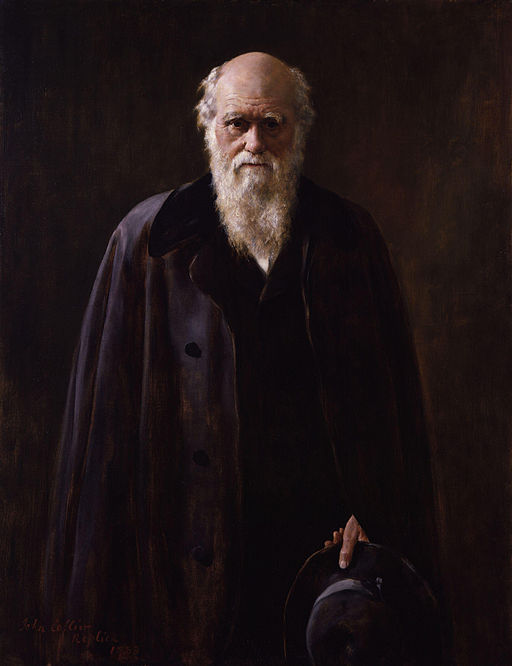 A while ago I was on a panel for the local science writing association, and each panel member was assigned to talk about writing about science in a way that’s both literary and beautiful. I gave my talk and a few days later, it was posted on the association’s website. Much social media ensued, all of it kind and generous. But I’ve been uneasy about that talk: it digressed, its logic slid around. So I’d like to rewrite it here; that is, I’d like to write the talk I should have given. Also I couldn’t think of what else to post today. And besides, I’ve kept the nice bits.
A while ago I was on a panel for the local science writing association, and each panel member was assigned to talk about writing about science in a way that’s both literary and beautiful. I gave my talk and a few days later, it was posted on the association’s website. Much social media ensued, all of it kind and generous. But I’ve been uneasy about that talk: it digressed, its logic slid around. So I’d like to rewrite it here; that is, I’d like to write the talk I should have given. Also I couldn’t think of what else to post today. And besides, I’ve kept the nice bits.
So, the assignment: science writing that’s literary and beautiful. “Beautiful writing” is a phrase I use a lot – “what a beautiful writer,” I say. I dislike the phrase, “literary beauty,” because it’s pompous and probably undefinable but I’ll use it anyway. Continue reading
